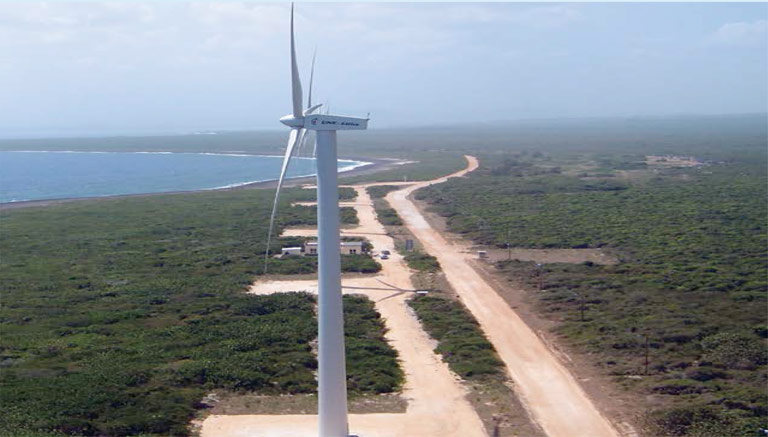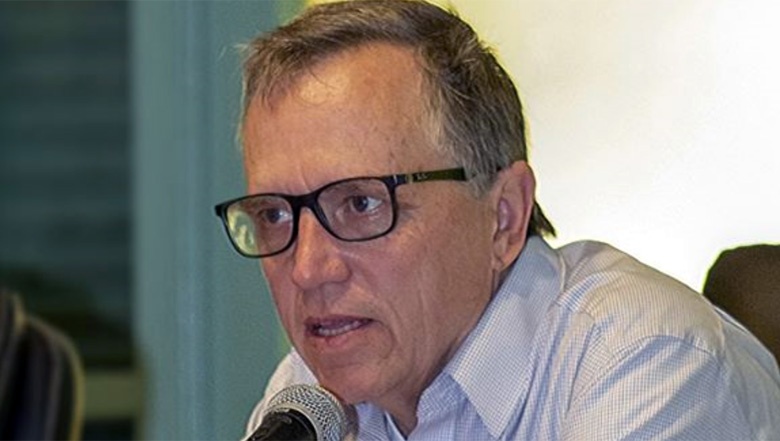On December 14, 2016 representatives from the US and Cuba met in Washington, DC to discuss clean energy initiatives in yet another show of their desire to normalize diplomatic and trade relations. This development was the culmination of carefully orchestrated efforts to bring together a jointly proposed working group agreed upon during the US-Cuba Economic Dialogue which took place in Washington, DC on September 12.
Discussions during this meeting revolved around clean/green energy, ways of improving energy efficiency, and renewable energy options. In addition, participants discussed ways of shoring up energy-related relationships as well as how to maintain seamless communication in areas of common interest. According to the US Department of State, participants also covered issues related to energy policies at domestic and international levels.
More importantly, members of the Renewable Energy and Energy Efficiency Working Group established a framework for further collaborations in the future. On the US side, members of this working group were drawn from the Department of State and the Department of Energy. The Cuban contingent consisted of officials from the Ministry of Foreign Trade and Investment, Ministry of Energy and Mines, Ministry of Industry, Ministry of Science, and Ministry of Technology and Environment.
Cuba’s interest in environmentally sustainable energy is driven by the desire to cut its reliance on fossil fuel electricity. In 2014, oil accounted for 95% of the electricity generated in Cuba according to figures from the University of Turku’s Finland Futures Research Center.
This signifies that the Island is generating a paltry 5% of its energy from renewable sources. However, this energy strategy is not sustainable even for Cuba, which imports most of its fossil fuels from Venezuela. When compared to traditional energy sources, technological advances have driven down the cost of green energy to affordable levels.
For these reasons, the Cuban government has revised its energy strategy to focus on increasing green energy production substantially by the year 2030. To achieve this goal, Cuba is constructing solar and wind farms throughout the country. A good example is the government’s plan to launch a wind farm project in 2017-2018 with the capacity to generate 51 megawatts of electricity. This wind farm will be home to 34 1.5-megawatt turbines and will drive down the country’s reliance on diesel by 43,000 tons.
The Island has also opened up the country to foreign investment in its energy strategy. Cuba has contracted a Chinese company to build a second wind farm approximately one kilometer away. On the solar power front, Cuba has already installed more than 1,500 solar panels in hospitals, schools, homes, and community centers in Granma Province. In the Cuban strategy, the plans include the generation of 700 MW of solar power and 633 MW of wind energy by 2030. This is in addition to 755 MW of cane biomass energy.
Cuba has implemented a strategic plan to gradually reduce its reliance on fossil fuels for energy generation in favor of green energy sources such as wind and solar.

From our staff writers and editors.










